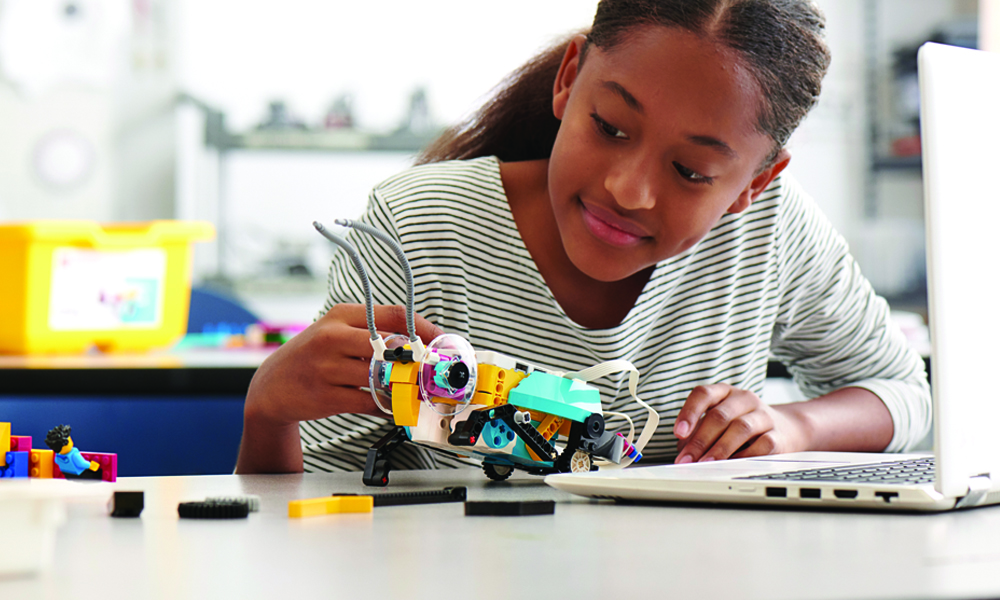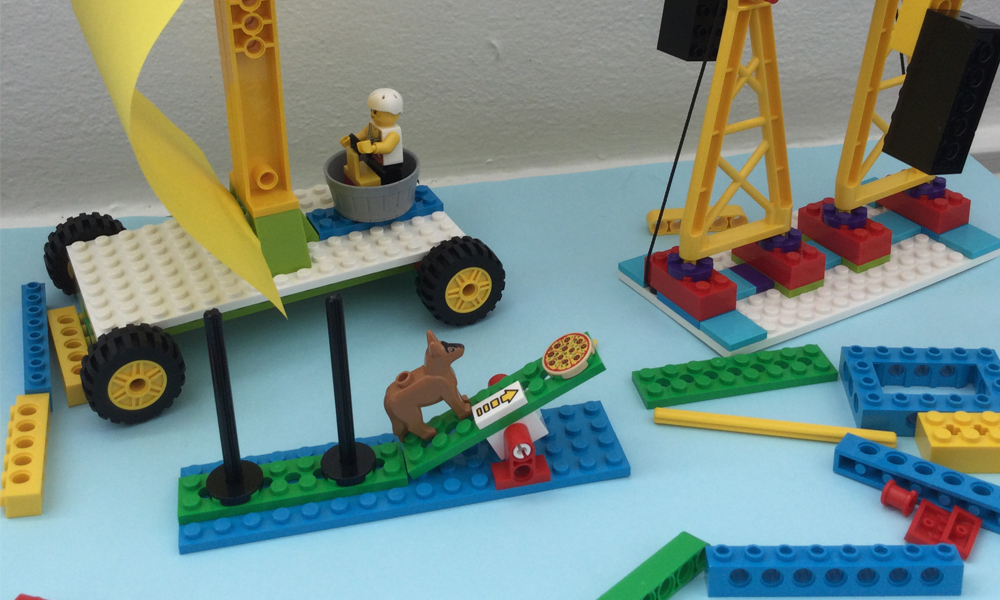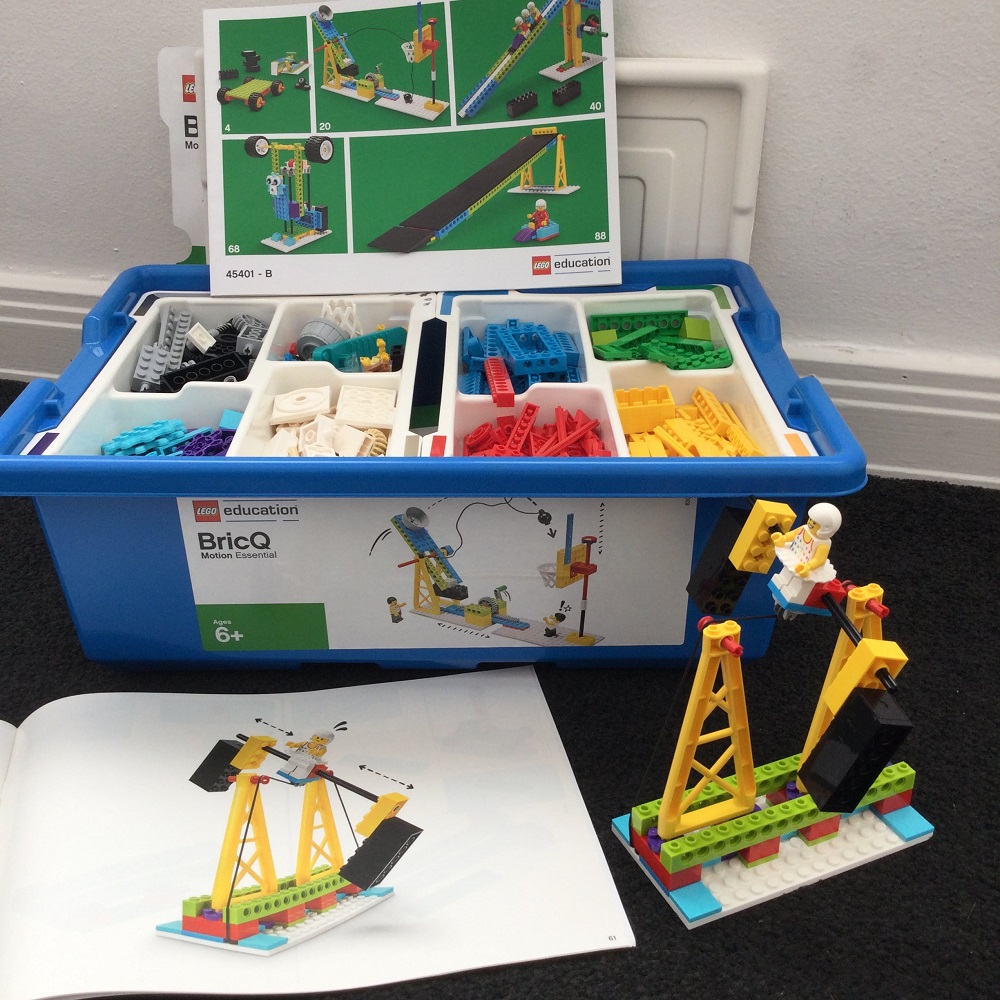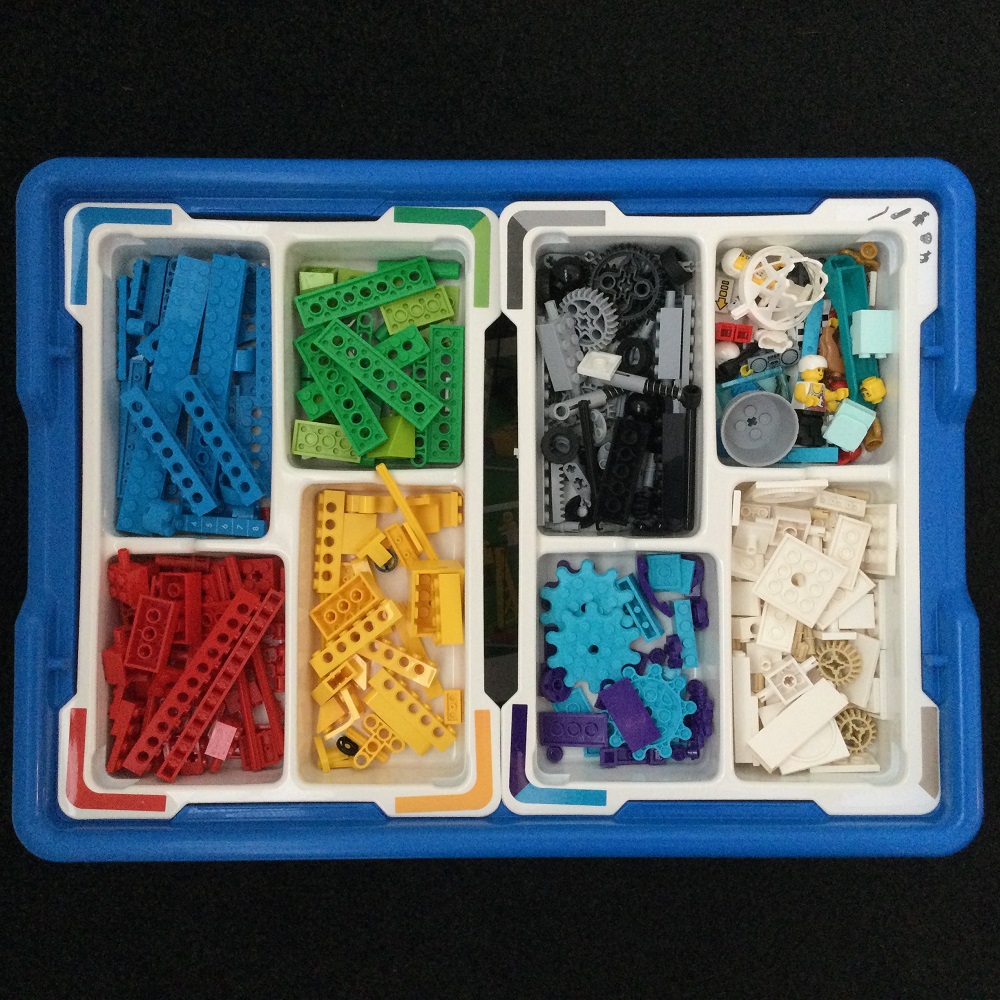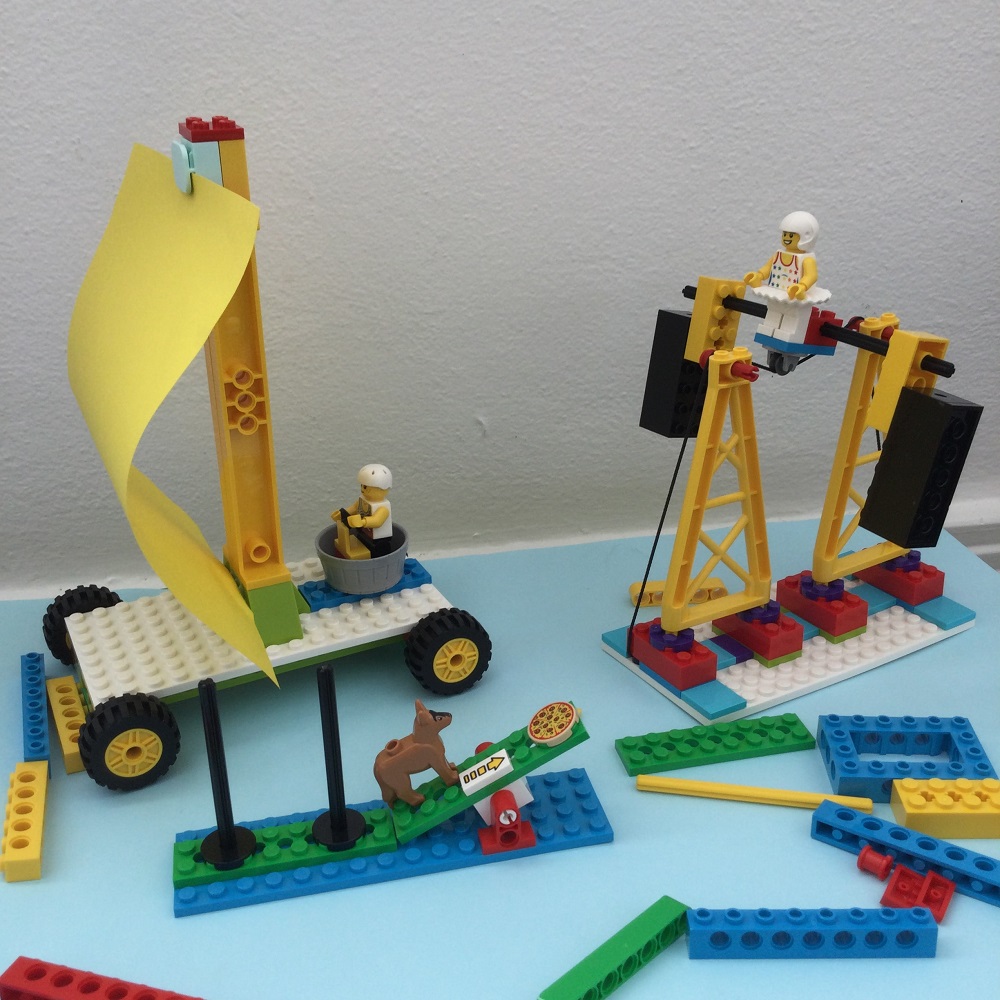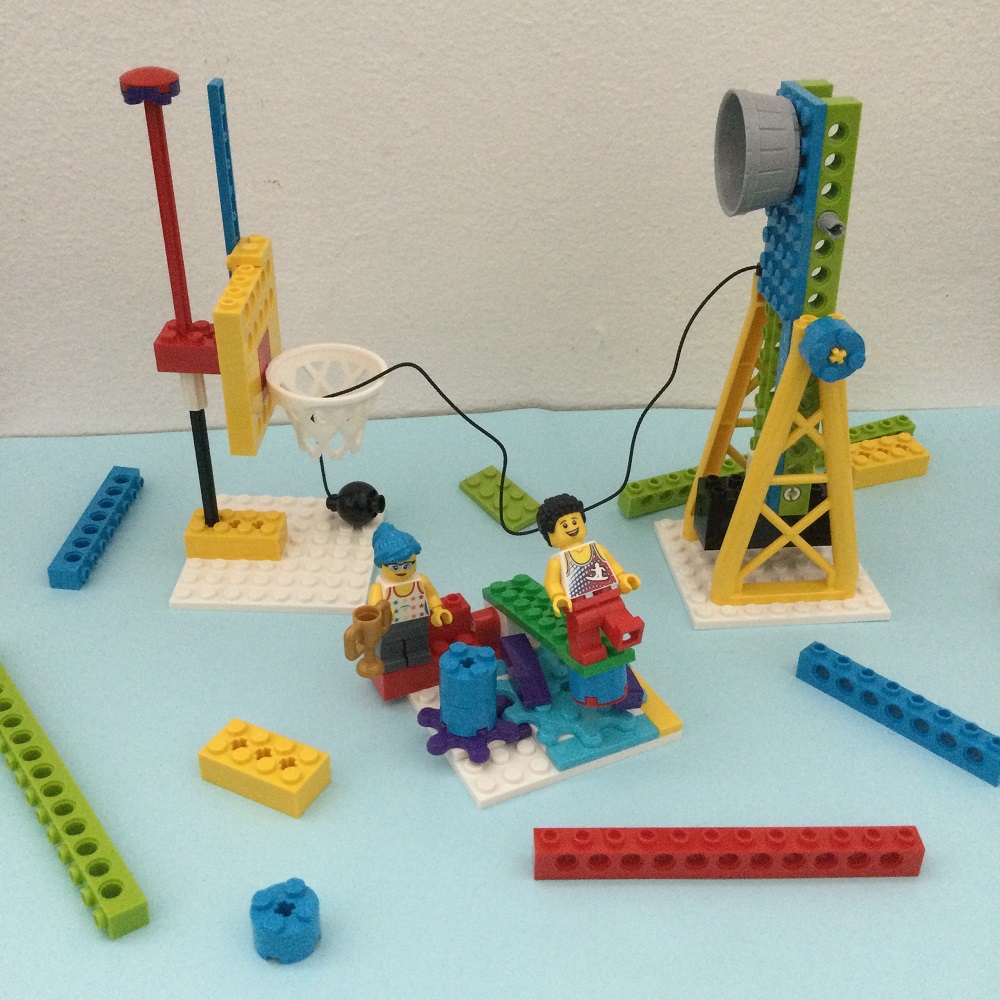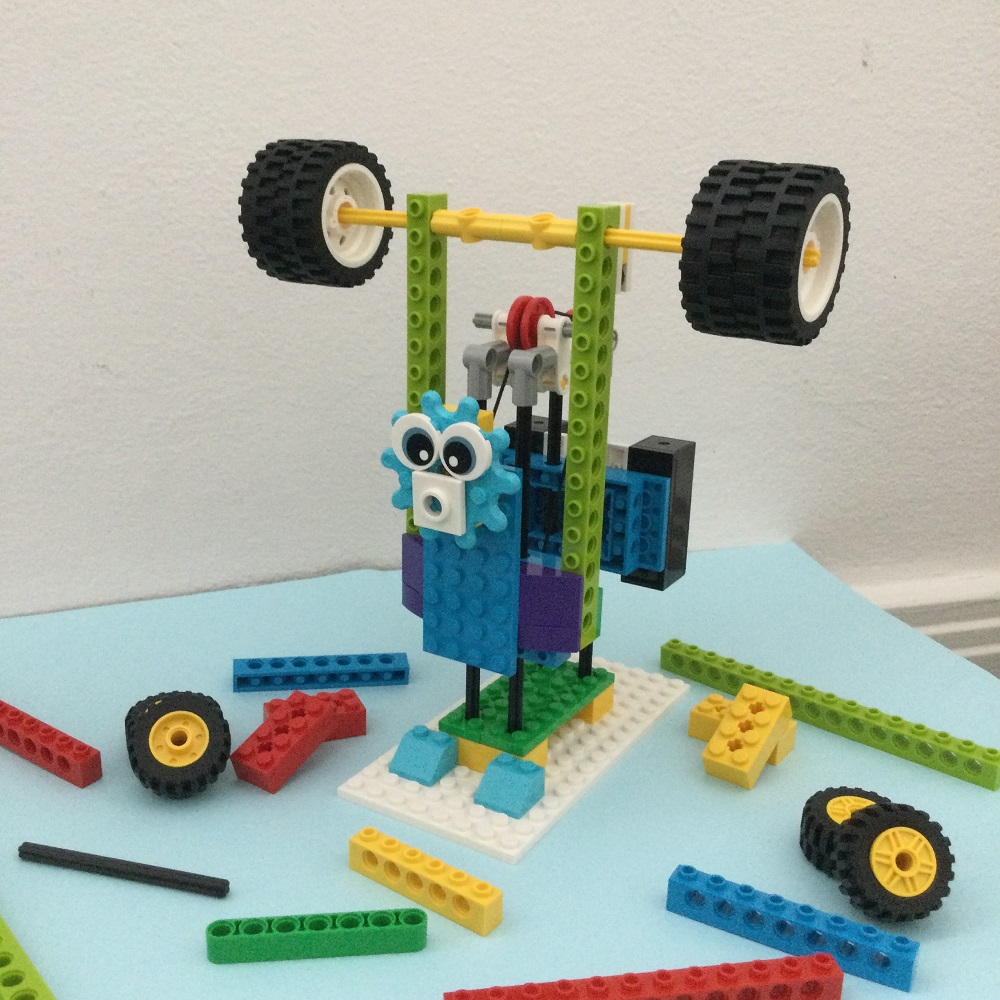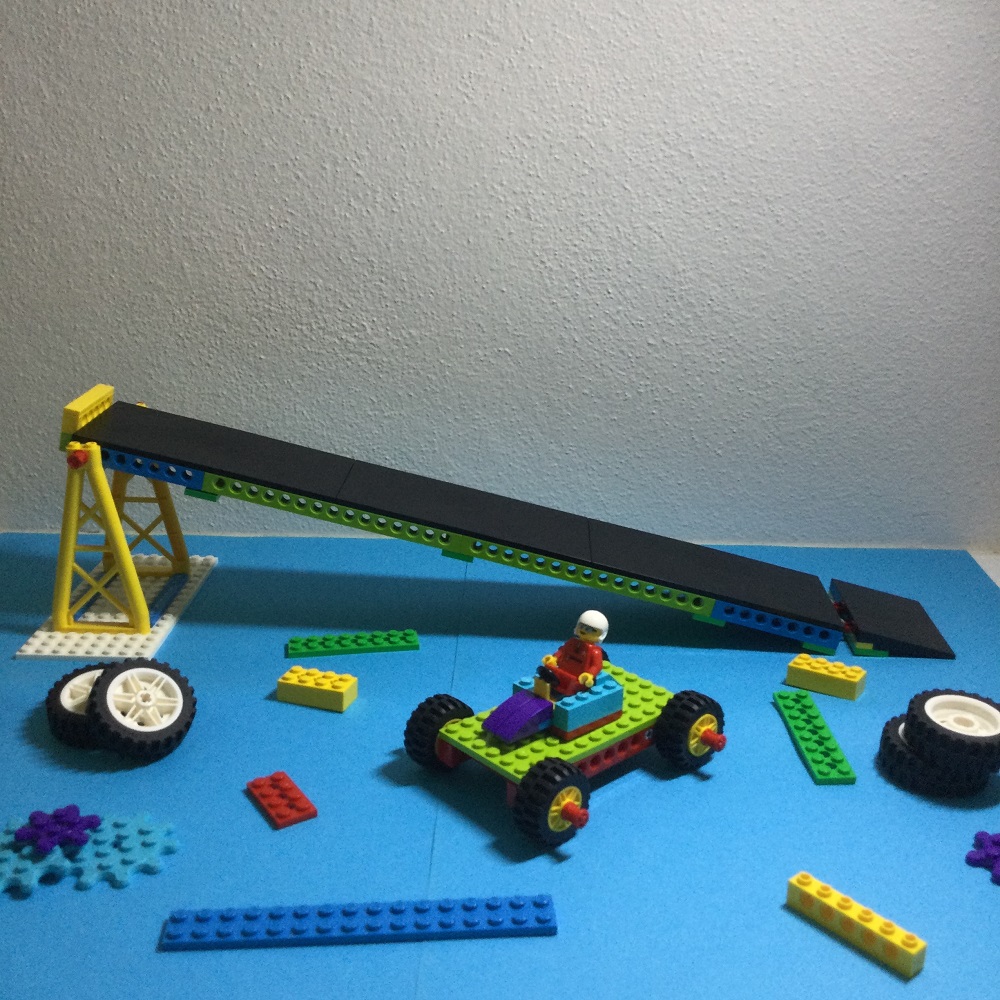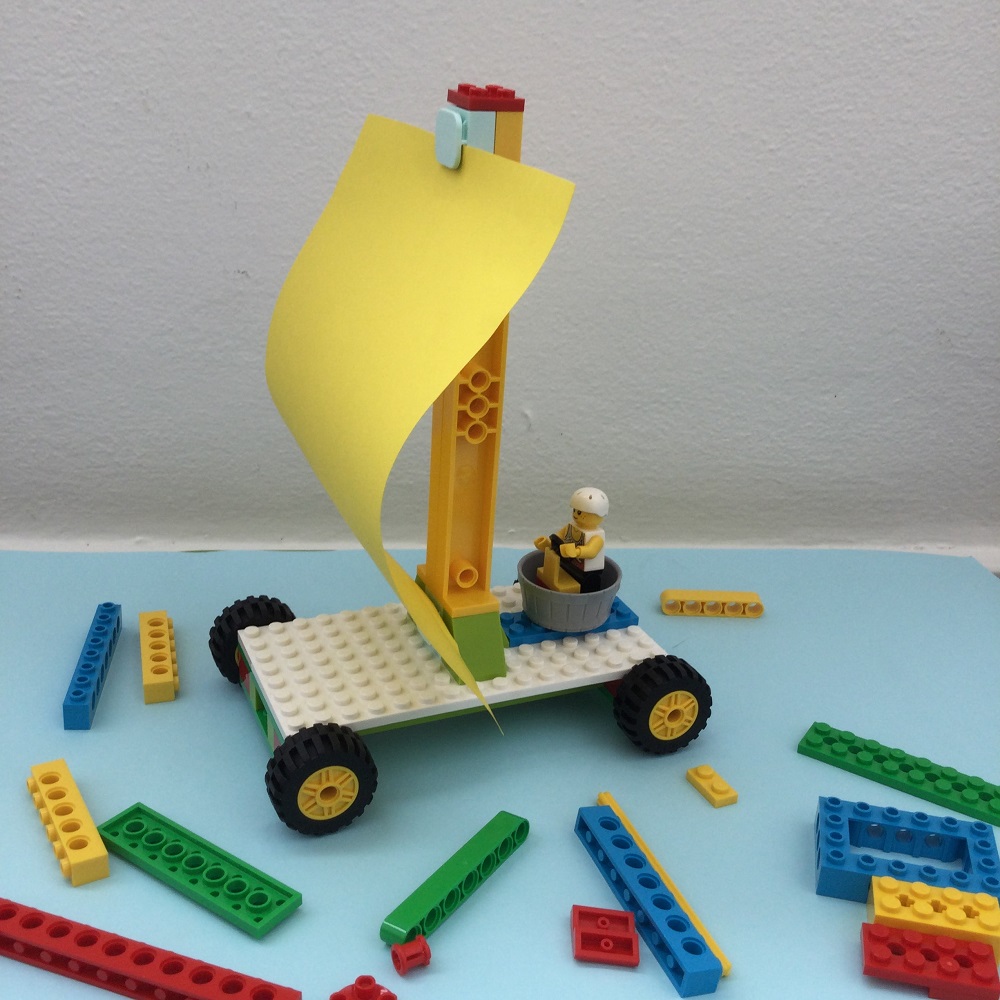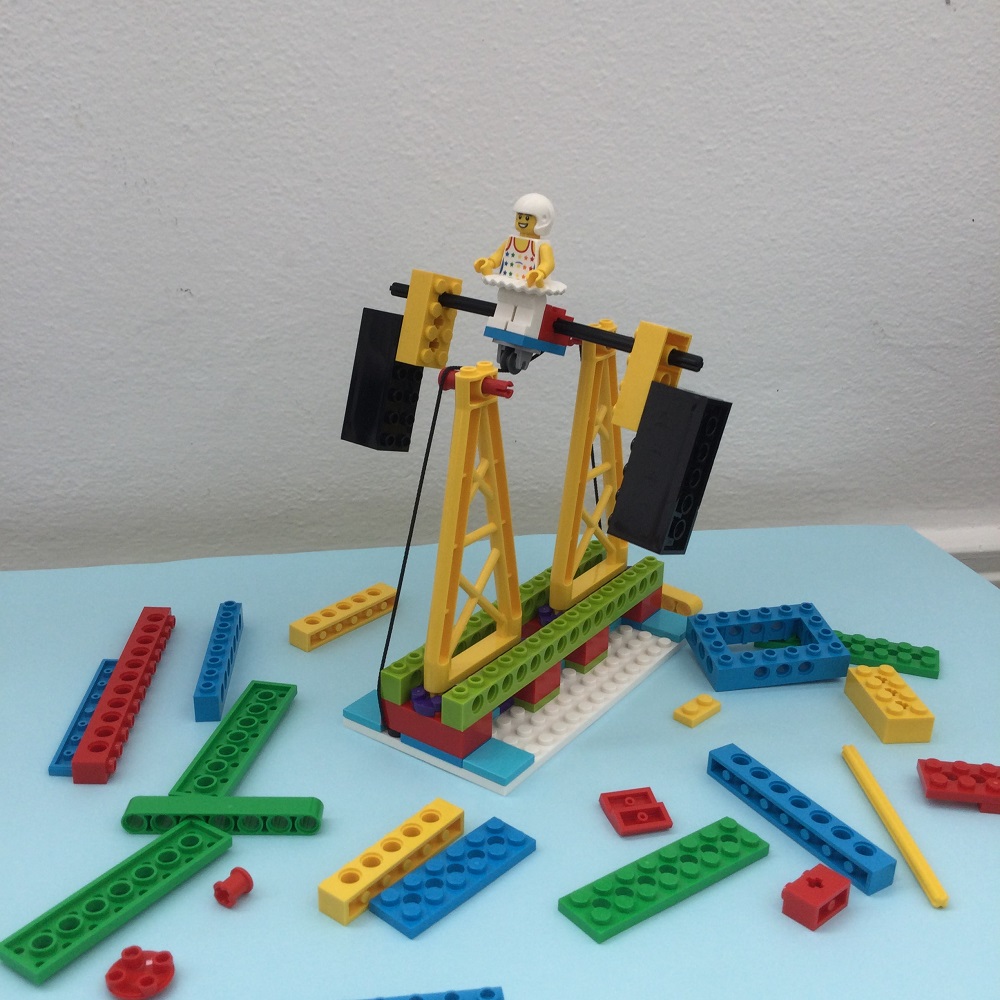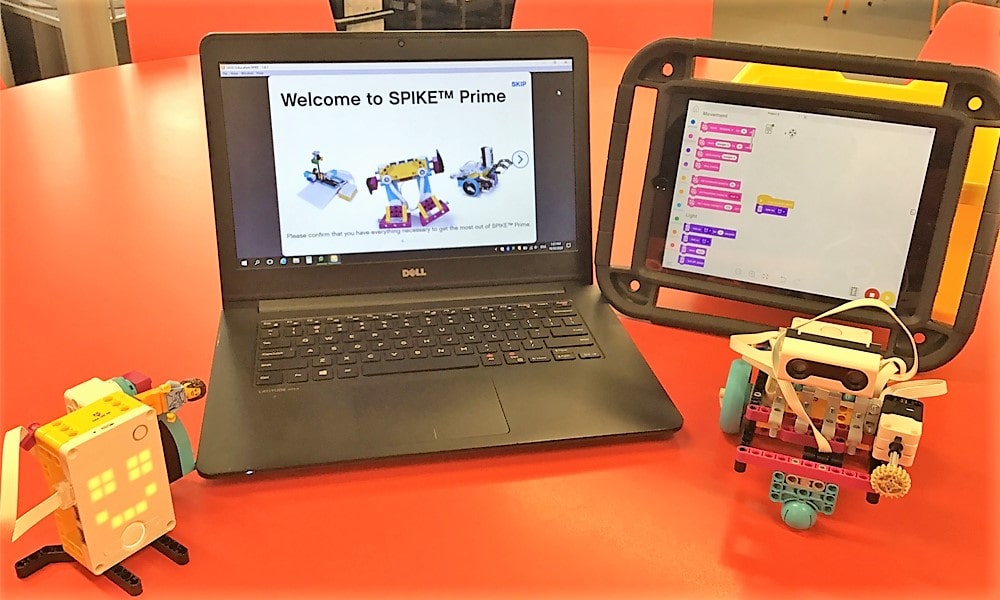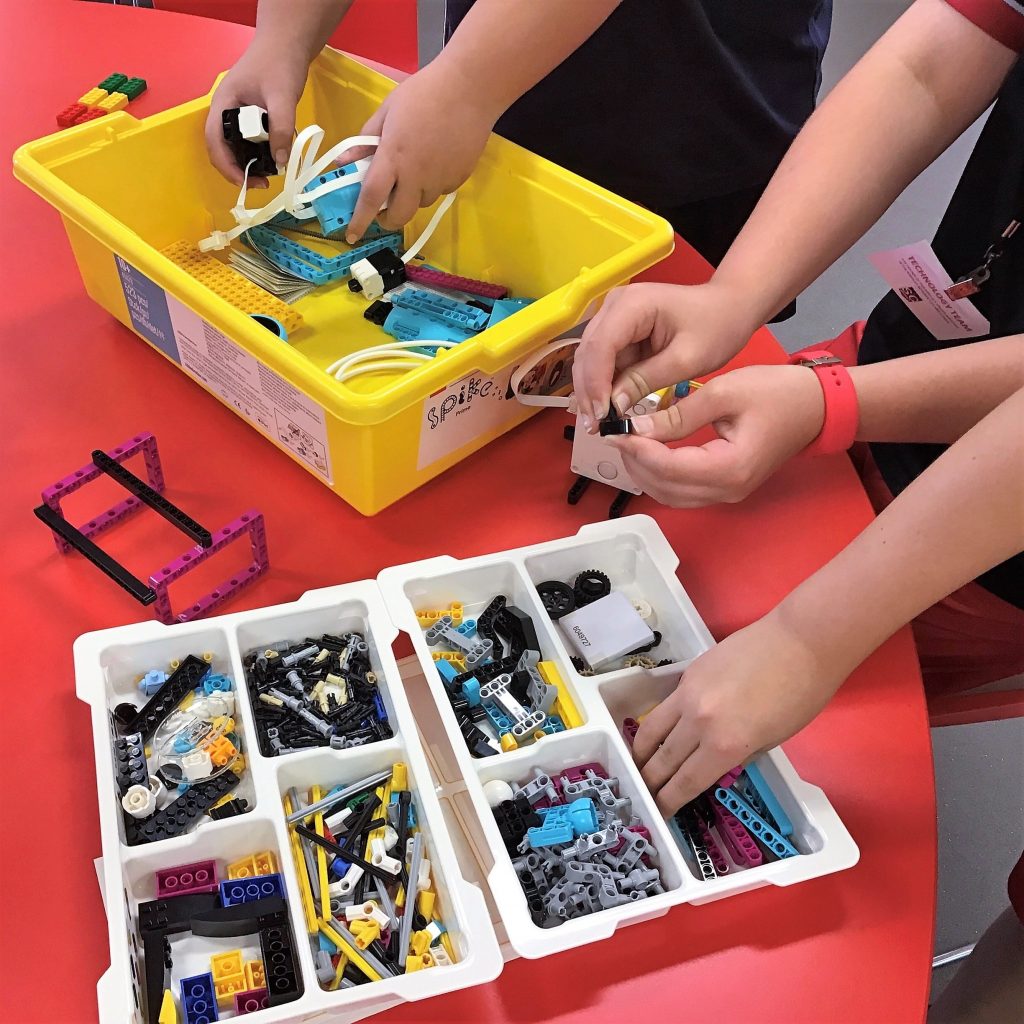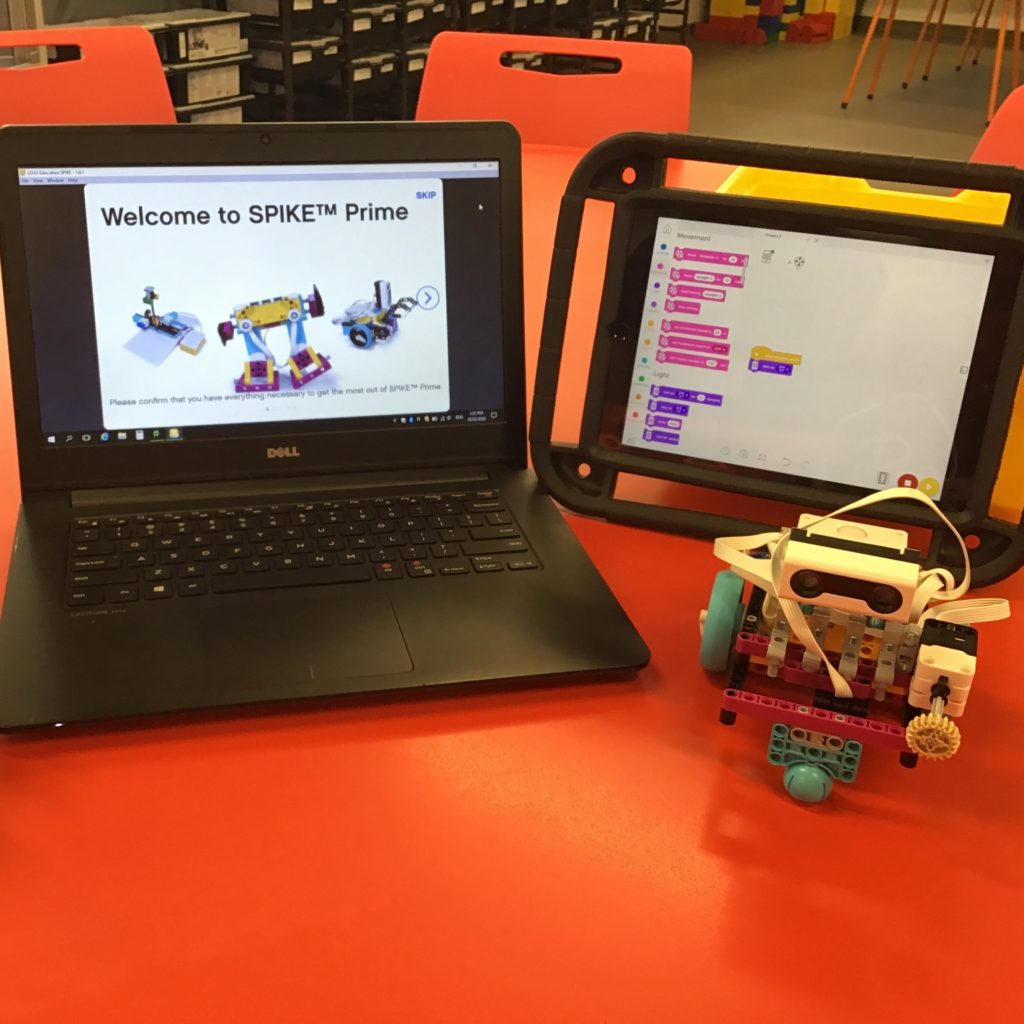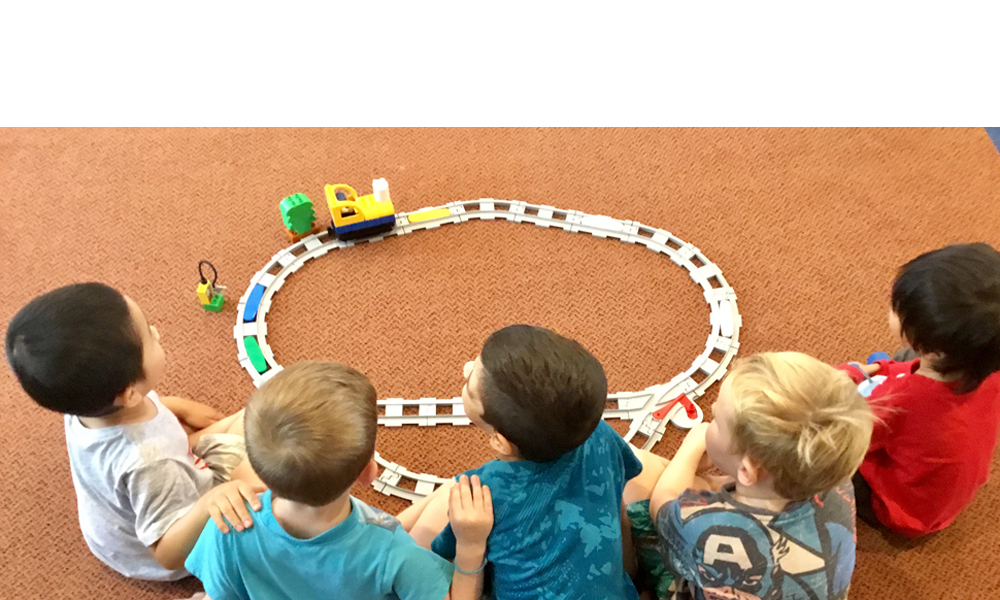LEGO® bricks have been a staple resource in schools around the world since they were first manufactured in 1949. In recent years, the LEGO® Education team has continued to develop and support STEM learning experiences for our students by creating a range of products that incorporate technologies, robotics and computer programming. The LEGO product range is equipped with resources that will engage and empower students to learn to code from our youngest learners through to secondary school students.
LEGO Education provides a continuum of learning through its products:
Foundation / Prep / Kinder /Reception – Year 1
LEGO® Education Coding Express
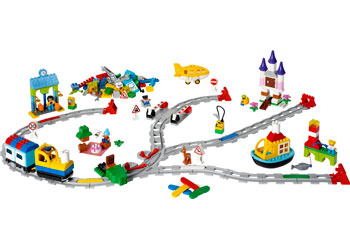
Years 2 – 4
LEGO® Education WeDo 2.0
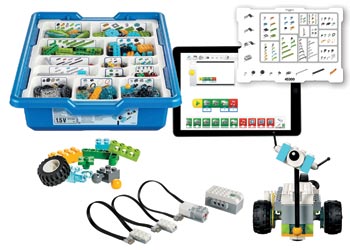
Years 5 – 8
LEGO® Education SPIKE™ Prime
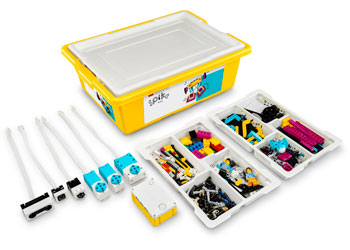
Years 6 – 12
LEGO® Mindstorms® Education EV3
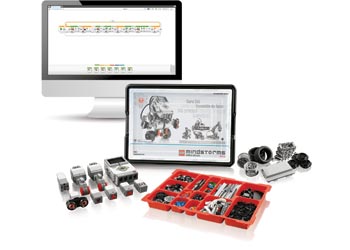
The LEGO Education Website has a range of lesson plans and challenges for students to develop their engineering and programming skills.
LEGO Education’s most recent product launch is the LEGO Education SPIKE Prime. This kit supports students to develop the essential STEM and 21st century skills needed to become the innovative, confident and creative minds of tomorrow. SPIKE Prime forms part of the continuum that builds upon students’ prior knowledge of coding that they have developed through LEGO Education WeDo 2.0 block coding system.
Each SPIKE Prime kit can be used by a small group of students, preferably two to three students per group. The kit provides students with:
-
- 528 pieces in a range of shapes and colours
- 3 motors
- 3 sensors
- A series of data cables
- Multi-port Hub that serves as the brain of the set
| Multi-Port Hub |
Sensors |
Motors |
6 x Input/Output ports
5 x 5 Light Matrix
6 x Axis Gyro
Speaker |
1 x Colour/Light
1 x Distance/Ultrasonic
1 x Force/Touch |
1 x Large
2 x Medium |
The Hub connects to the LEGO Education SPIKE app via Bluetooth or USB. It is compatible across devices including iPad, computer and Chromebook, with the ability to carry multiple programs and be commanded to light up and play sounds. Extending the functionality of the Hub, there are six inputs/outputs to connect the motors or sensors to create movement, patterns and actions.
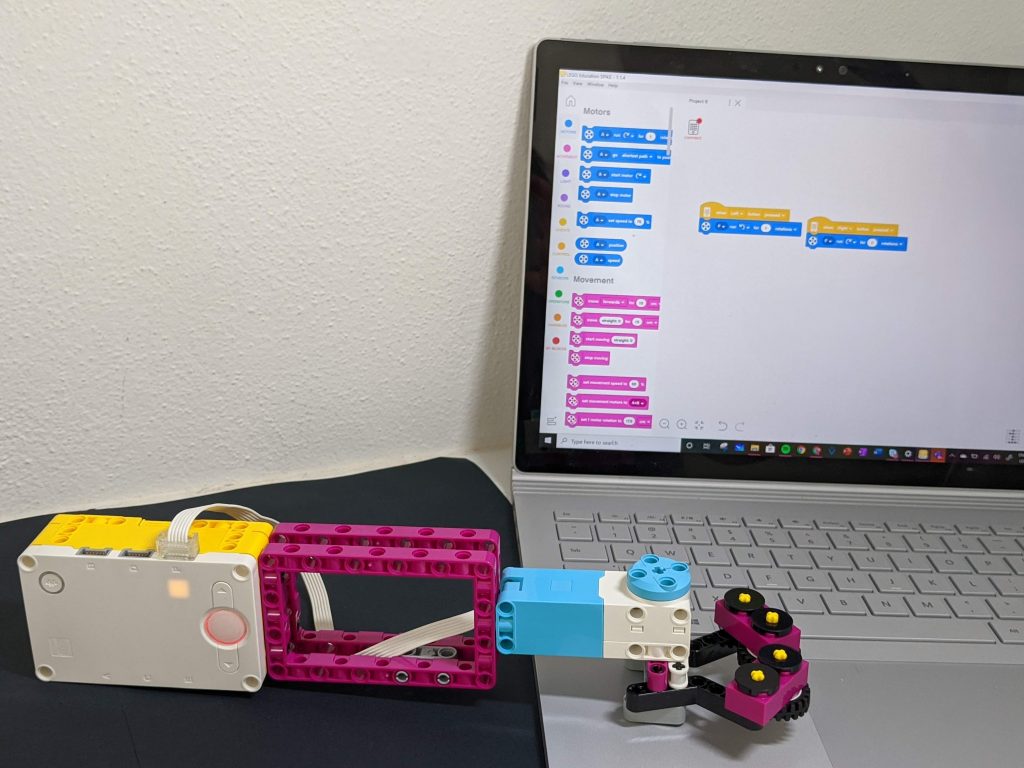
The LEGO Education SPIKE app intuitively introduces students to coding and robotics. The four SPIKE Prime curriculum units engage students while developing design skills, problem solving and critical thinking skills. Each of these units can be implemented into classrooms with focus on real world relevance.
The four curriculum units are broken into:
Invention Squad
Kickstart a Business
-
- Applying and Developing Computational Thinking Skills
Life Hacks
-
- Working With Data Representation and Manipulation
Competition Ready
-
- Getting Ready For Competitions and Challenges
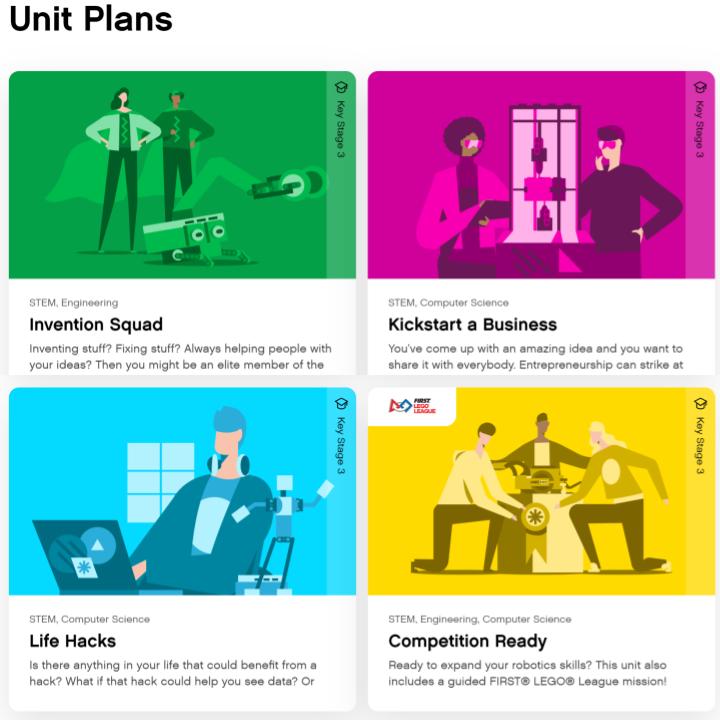
The LEGO Education SPIKE app includes a range of resources for both teachers and students, from lesson plans for teachers to templates that support students in building a range of creations using the kits.
Once students know the basic fundamentals of the kit, teachers can explore and integrate the skills learnt through the lesson plans and curriculum units to connect SPIKE Prime to other creative lesson ideas and challenges.
Six Lesson Ideas to Extend SPIKE Prime in the Classroom
Design a Mini Golf Course
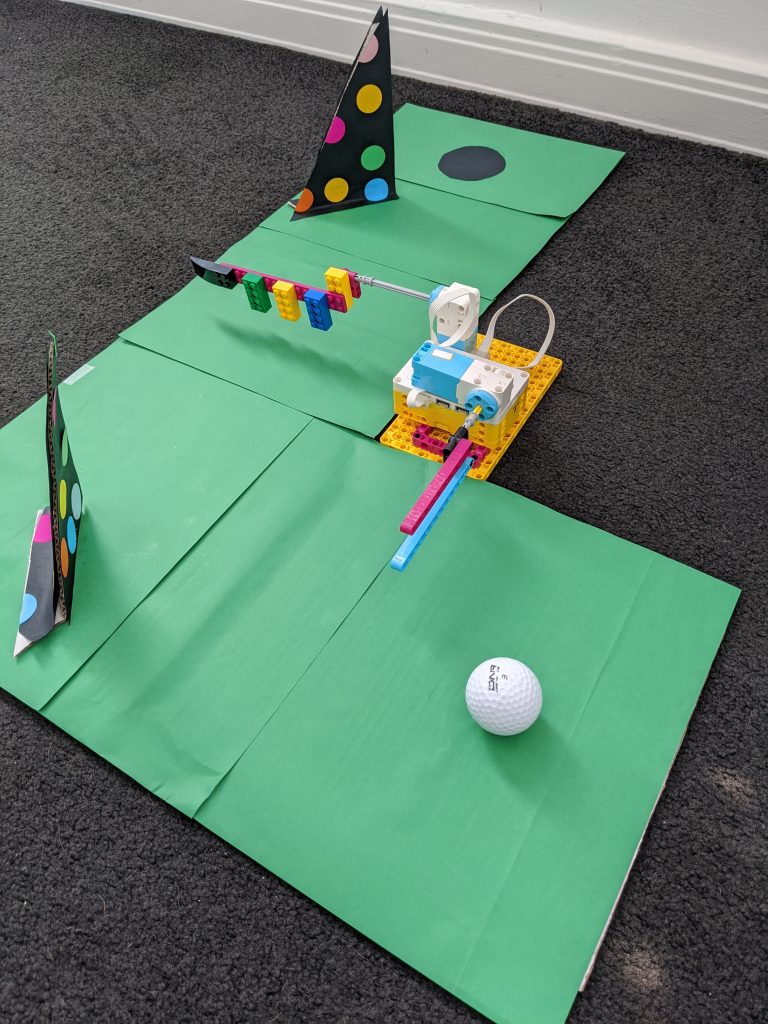
Materials required:
-
- Cardboard
- Masking tape
- Scissors
- Various art and craft materials
- 1 x SPIKE Prime kit per group
- Toy golf kits (1 per group)
- In small groups, students sketch and design their own mini golf hole with a moving obstacle and sound effects.
- Combine the holes of each group to create the mini golf course.
- Students play and give feedback on each hole.
The result….
Create a Moving Animal
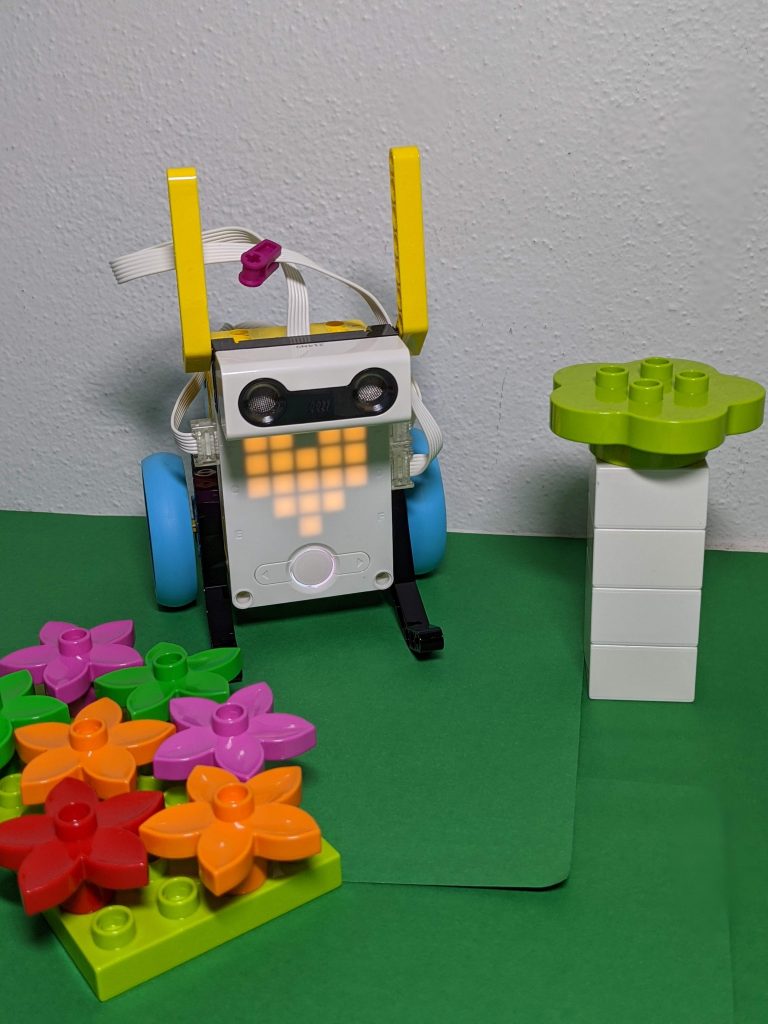
Materials required:
-
- 1 x SPIKE Prime kit per group
Students work in pairs to create an animal of their choice.
-
- Use the sensors to have the animal move away from different coloured LEGO blocks
- Record animal sounds to play as the animal moves
- Program their animal to move through a course
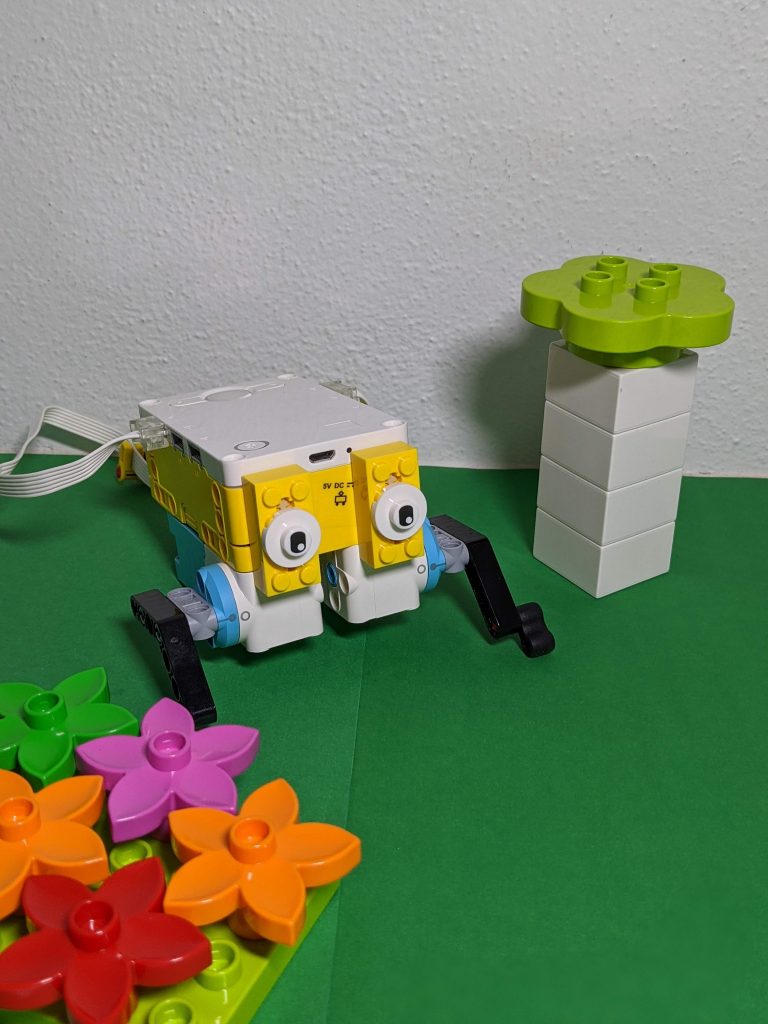
Teachers can connect this challenge to various curriculum areas including endangered animals, ocean life, Australian animals etc.
Design a Sustainable House
Materials required:
-
- Cardboard
- Masking tape
- Scissors
- Various art and craft materials
- 1 x SPIKE Prime kit per group
Students design and create a sustainable house.
-
- Design a house using the SPIKE Prime kit
- Include an object that moves or gives messages to support sustainability
Create a Futuristic Car
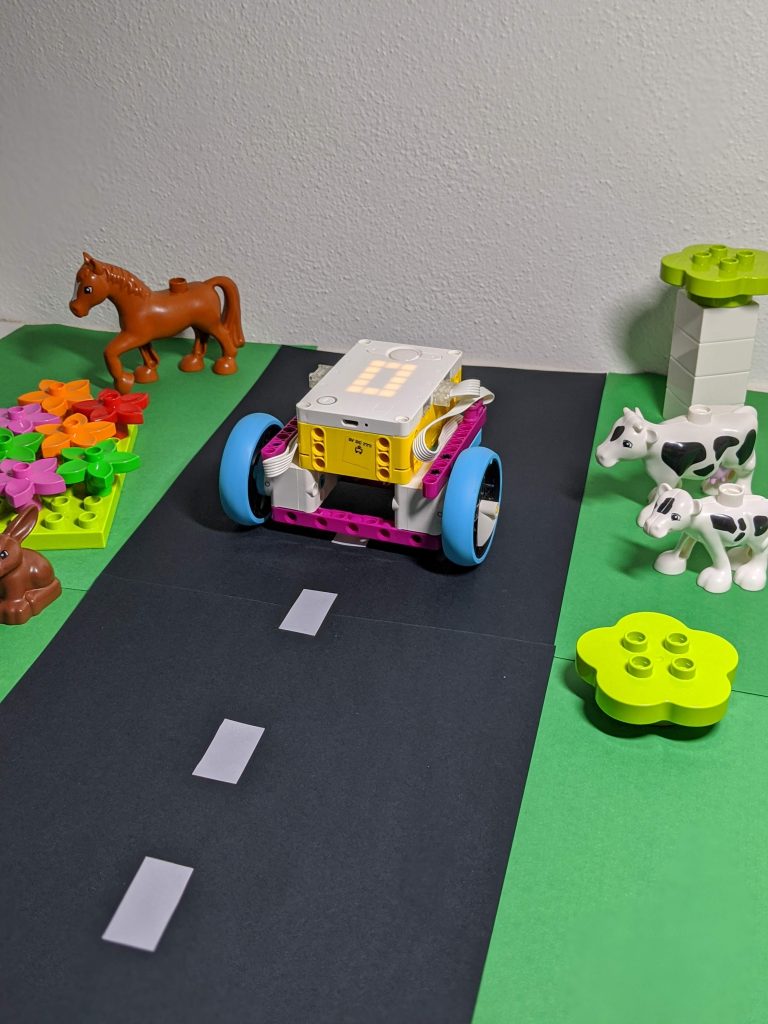
Materials required:
-
- 1 x SPIKE Prime kit per group
Students will work in small groups to create a futuristic car
-
- Sketch and design the car prior to constructing it
- Use the ‘Driving Base’ building template within the LEGO SPIKE App to help build the base of their car
- Add Sensors to create a self driving car
Code a Car Through a Racing Track
Materials required:
-
- 1 x SPIKE Prime kit per group
- Masking tape
Create 2-3 race tracks (depending on the size of your classroom) on the floor using masking tape.
-
- Students design, create and program a racing car
- Work in pairs
- Use the ‘Driving Base’ building template within the LEGO SPIKE app to help them build the base of their car
- Program and code their car to move around the race track
Extension:
Creating Obstacles on the Racing Track.
Materials required:
-
- Sensor added to car
- Coloured LEGO blocks
Using coloured LEGO blocks as obstacles, students can program their car to move around the track by adding the sensor to their car.
Create a Dancing Robot Dance Routine
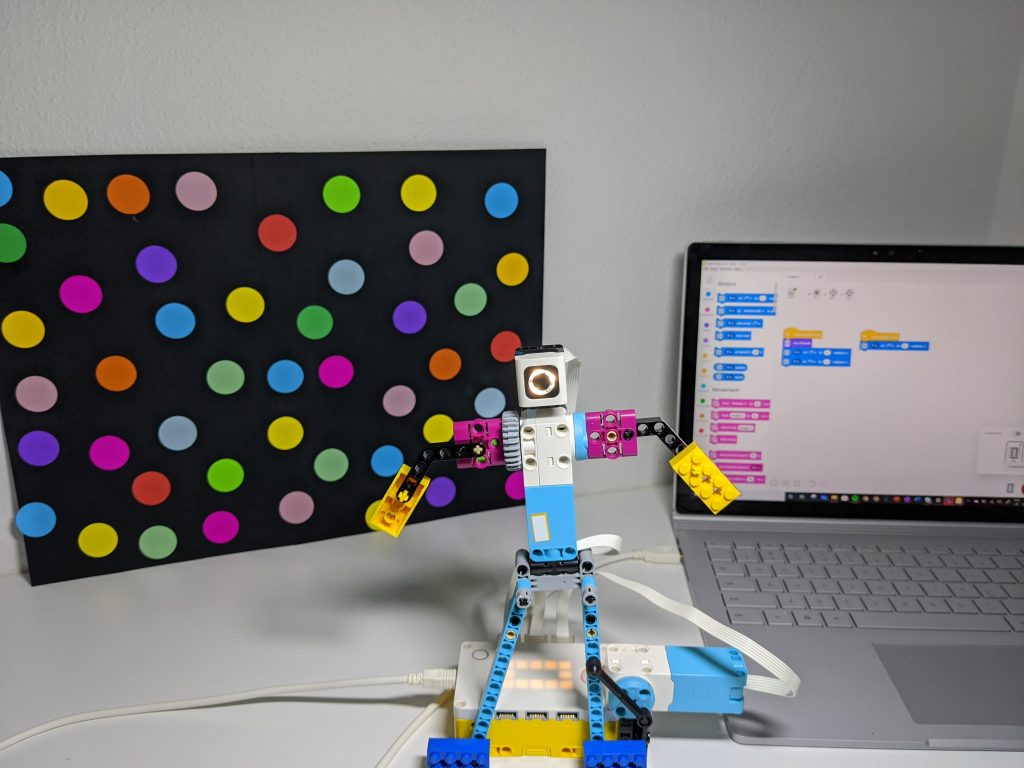
Materials required:
-
- 1 x SPIKE Prime kit per group
Students will work in pairs and design their own robot. (Any students who find this difficult can use the template in the LEGO SPIKE app under BUILD – ‘Break Dancer’ to help them build a basic robot.)
-
- Program the robot to move and dance to their chosen song or music
- Record an original song by recording directly within the app
- Host a dance competition
The end result…
How do you use SPIKE Prime in your classroom? We would love to hear from you!
About the author
Eleni Kyritsis is an award winning Year 3 teacher and Leader of Curriculum and innovation from Melbourne, Australia. Eleni facilitates professional learning workshops around the world that focus on unleashing creativity and curiosity in classrooms. You can contact her at elenikyritis.com and @misskyritsis
Featured Products:
LEGO® Education Coding Express
LEGO® Education WeDo 2.0
LEGO® Education SPIKE™ Prime
LEGO® Mindstorms® Education EV3
Shop MTA>

